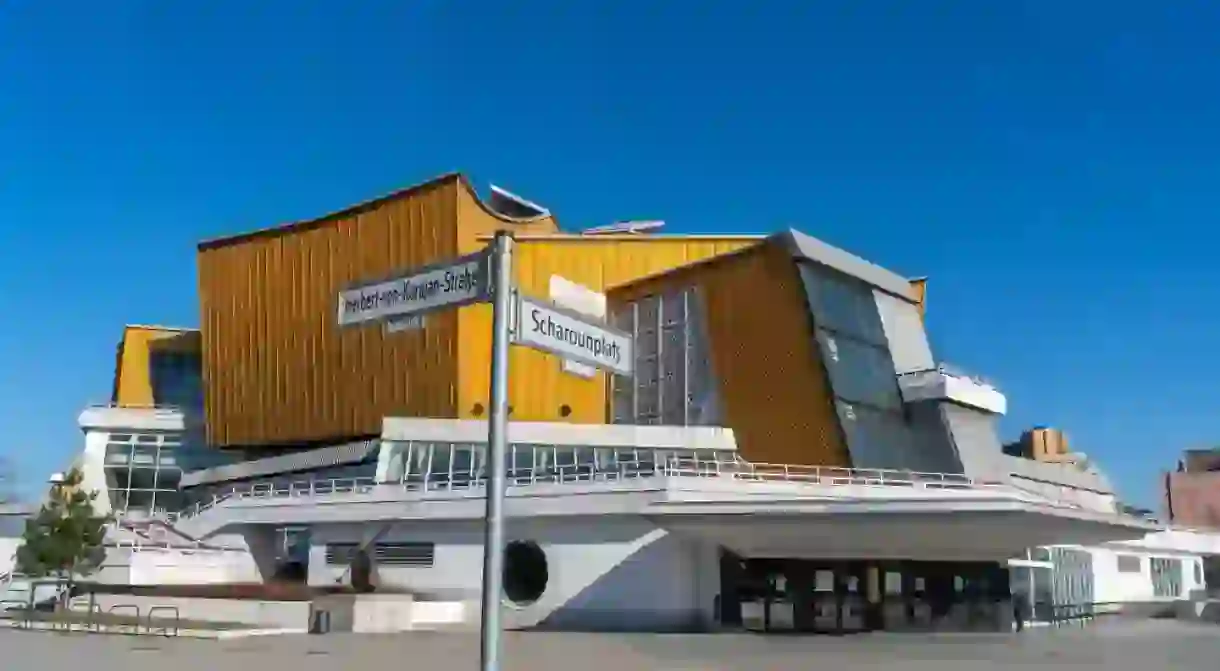The 10 Best Things To See And Do In Tiergarten, Berlin

Berlin’s Tiergarten District is home to some of the most recognizable and historic landmarks in Germany. With a park that is the Berlin equivalent of New York’s Central Park; a morose memorial to the victims of the Holocaust and a smattering of museums; a visit to Tiergarten should be on every traveler’s list. Here, The Culture Trip curates the best this historical district has to offer.
Tiergarten Park
Memorial, Park, Zoo
Originally the private hunting grounds for the king, Tiergarten is now Berlin’s most popular park. The public space is scattered with monuments and gardens; and proves one of the most beautiful parts of the city to take a stroll. Perfect for picnics, skating, or admiring the fall foilage, Tiergarten is idyllic. Worthy stops along the way are the Berlin Zoo, the Memorial to Homosexuals Persecuted Under Nazism and the Schleusenkrug beer garden.
Memorial to the Murdered Jews of Europe
Memorial, Museum

A moving memorial to a tragedy; a reminder of a nation’s past. The Memorial to the Murdered Jews shows another side of Germany’s past, which makes architect Peter Eisenman’s work poignant. It is paired with the Place of Informationa museum documenting the names and history of the victims. The slabs of unmarked concrete are reminiscent of graves and the undulating waves of paths between Eisenmann’s design create a sense of unease and disorientation.
Haus der Kulturen der Welt
The ‘House of the World’s Cultures’ is a center for international contemporary art and culture, predominantly from outside of Europe. This museum is a place that celebrates discussion, performance and education with endless exhibitions, talks and performance. The building itself is curiously nicknamed ‘The Pregnant Oyster’ by Berliners, thanks to a gift from the United States in 1957 of Henry Moore’s sculpture, Divided Oval: Butterfly, overlooking the water.
The Brandenburg Gate

One of Berlin and Germany’s most famous historical landmarks, the Brandenburger Tor, marks the site of the gate which was the beginning of the trade road to Brandenburg. To the east, you look down the avenue to Siegessäule; to the west, where the city palace once stood. The design of the gate as it is now was commissioned by Frederick William II of Prussia as a sign of peace; but this iconic monument has been a symbol of many different ideas in Berlin’s past. Once the sign of a city divided during the Cold War, it is now seen as a landmark that is representative of German unity.
Museum For Film and Television
Museum

Although located in the heart of Potsdamer Platz, the Film and TV museum will quickly transport you to the many worlds created on-screen. Relatively quiet for being part of the Sony center, this museum takes you on a tour of the history of German film: from the earliest silent shorts through Metropolis and the work of Marlene Dietrich, to costumes of the 80s, showcasing German history through the lens. Carefully and creatively curated, the museum captures the magic of the story of film.
Berlin Philharmonie
The Berlin Philharmonie is home to the Berlin Philharmonic, the orchestra currently conducted by Sir Simon Rattle and frequently ranked among the best in the world. The unique pentagonal design and distinctive bright yellow color of the building make it worth visiting whether you stay for a performance or not. With a diverse and innovative program season after season, the Philharmonie continues to be a celebrated musical pioneer season after season. If tickets are hard to come by, the Philharmonie hosts a lunchtime concert every Tuesday at 1pm for free.
Siegessäule
Cafe, German
The historical monument at the heart of the park, Siegessäule was designed in 1864 to commemorate the Prussion victory in the Prussian-Danish War. By the time the construction was finished, Prussia had defeated both Austria and France as well so the monument’s design was altered to feature the bronze sculpture of Victoria atop the column. A Berlin landmark, it is frequently part of the route for marches and parades, such as the Christopher Street Day (Pride) March every year. Take a quick hike up the 270 steps to the top of the column for a beautiful view of the city.
Café am Neuen See
Cafe, Restaurant

A pause amongst the museum visits, Café am Neuen See is an idyllic restaurant at the edge of a small lake in the park. A brilliant brunch spot and beer garden too, this gem feels hidden away from the crowds. Café am Neuen See is perfect for a sunny day where you can sit on the terrace outside, surrounded by the Tiergarten trees.
The Reichstag Parliament Building
Building

Constructed between 1884 and 1894 after the founding of the German Empire, the Reichstag remains the focal landmark of the country. Disliked and disregarded by both Kaiser Wilhelm I and II, at the heart of the still-mysterious fire of 1933 to its damage during World War II, the Reichstag has often been a sign of the turbulent and divided German history. After the reunification, the reparation and glass dome, echoing the structure of the pre-WWII Reichstag, was designed by Norman Foster and completed in 1999. A free tour of the Reichstag dome climbs up a helical ramp through the structure, looking out over the city, as the monuments and features of the city are pointed out along the way.
Bauhaus Archive Museum of Design
Museum, School

The archive was founded in Darmstadt in 1960, and it quickly became clear that a place to house this collection would be needed. Walter Gropius began designs for Darmstadt originally, but when Berlin offered both the space and the funding, the plans were reshuffled. With collections featuring the works of Paul Klee, Wassily Kandinsky and László Moholy-Nagy, from teaching materials to models and plans, the Bauhaus Archive is a place for pilgrimage for any design, architecture or art enthusiast.













